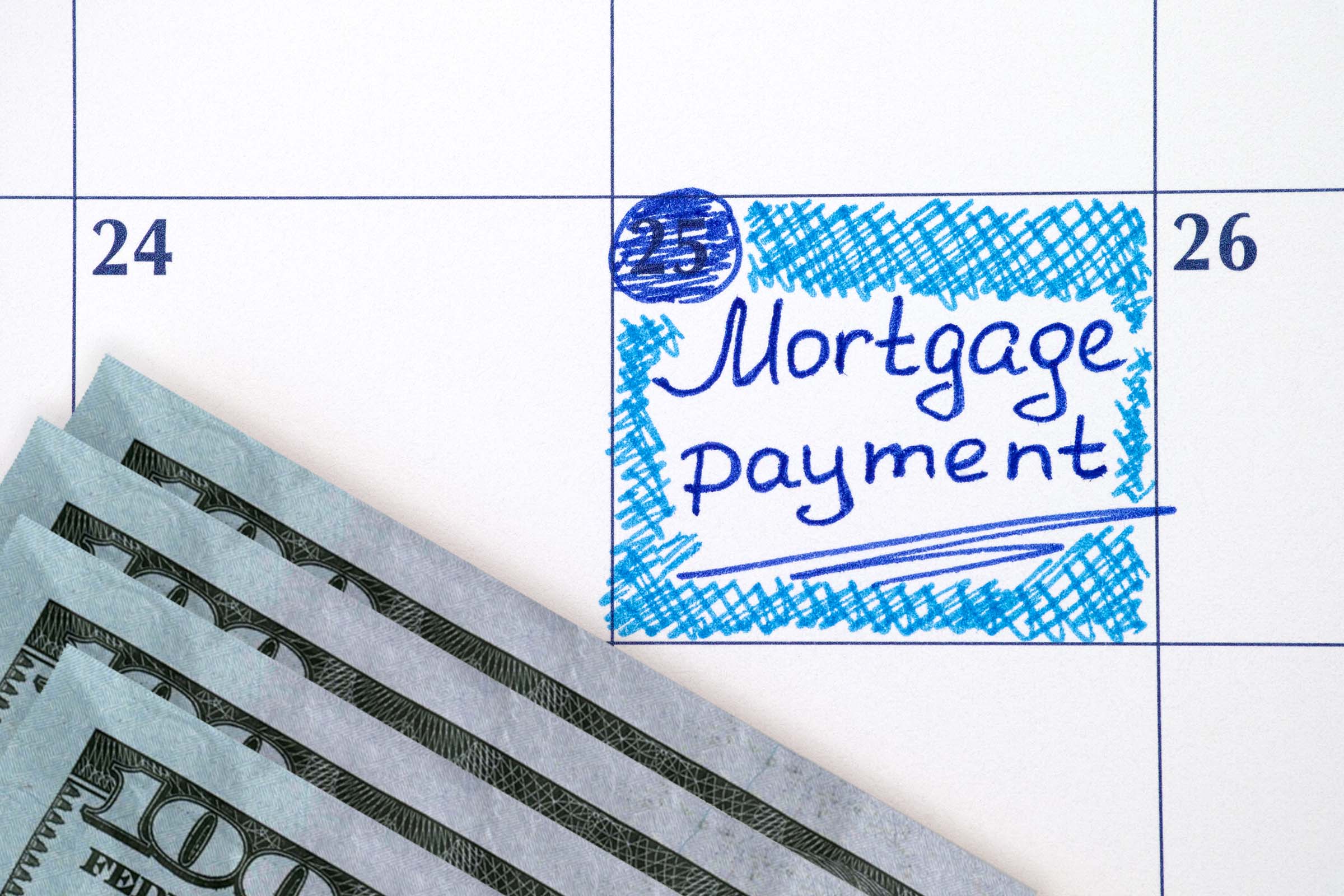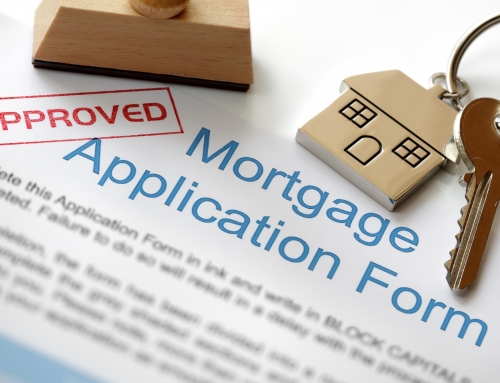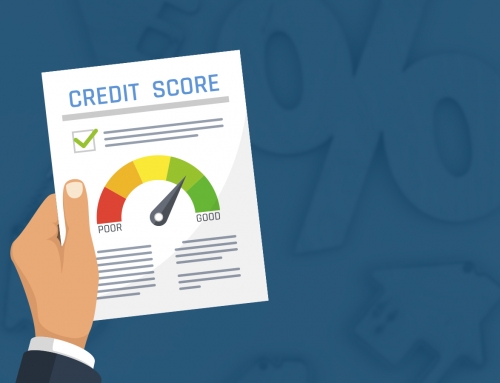Mortgage Forbearance: What You Need to Know
It’s no secret that times are hard right now. Because of the COVID-19 global pandemic, many Idahoans are laid off from their jobs and experiencing financial hardship. Stay at Home Orders throughout many states causing multiple businesses to close temporarily lead the US Government to step in an pass the CARES Act. One aspect of the Act provides options to assist home owners whose income has been adversely affected by COVID-19. Of those options provided is the possibility of mortgage forbearance.

Mortgage forbearance is when your mortgage lender allows you to pause or reduce your payments for a limited period of time – typically during financial hardship. The borrower is still required to repay any missed or reduces payments in the future. Sounds great, right? Your income is less than what it normally is, so why not “skip” a few mortgage payments? While it appears to be a good idea (and possibly a good option for some borrowers), it may not be the best option for you.
The most important consideration to take note of is: Forbearance is not the same thing as forgiveness. While the payments are being suspended (or paused), it does not relieve the borrower of the responsibility to make those payments. Those payments do not go away, rather continue building up over time. Once the forbearance is over, the borrower will still need to catch up on all the payments.
Before you consider a forbearance, it is imperative that you evaluate your current financial situation. Are there some creditors that will allow you to skip a payment so you’ll have enough in your budget to continue making your mortgage payment? Some lenders that do installment loans will allow you to skip one payment per year. Is that a possibility to help make your mortgage payment this month? Do you have some money in savings you could use to pay your mortgage while you are laid off? Would it be worth it to take some money out of your retirement fund to pay your mortgage during this time of crisis?* All of these are options your should consider before looking into doing a forbearance.
Know Your Options
If you are experiencing financial hardship and none of the above options will work for you, your first step is to reach out to your current mortgage lender to discuss your options. They may offer to do a forbearance, but it is important that you know the terms of the forbearance before agreeing to move forward. There are multiple different scenarios for a mortgage forbearance repayment, and your mortgage lender will dictate the repayment terms and requirements. Here are some of the common repayment options.
- Paying the missed payments immediately after the forbearance time frame is up. This means if you do a six-month forbearance, those six payments will be due immediately once the six months is over. For example: if your mortgage payments are $1,000 per month, you will owe and be required to pay $6,000 once your six-month forbearance is over. With this option, the biggest consideration is if you cannot make your mortgage payment now, how will you pay six payments all at once six months from now?
Definitely worth a deeper look into your overall situation. Are you expecting to come into a large sum of money between now and then? Will you be working significant amounts of overtime once you get back to work? If so, is there a guaranteed date for you to return to work and is overtime guaranteed?
If this is the option you’re discussing and your lender is offering, be sure to consider and plan for how you will repay the suspended payments. If you cannot repay the six payments at once, your lender could foreclose on your home (per the CARES Act, this can occur within 60 days of the end of your forbearance) – which causes you to lose your home and all the equity you’ve built up over the years. This will also significantly affect your credit score and ability to purchase another home.
- Shore-Term Repayment Term. The short-term repayment option allows you to repay the forbearance amount over the course of six months once the forbearance is over. Taking the same $1,000 per month example, if you suspend payments for six months you’ll still owe $6,000 at the end of the forbearance time. However, instead of owing it all at once, you’ll divide that balance by six (again, making the payments over the course of six months) and make the additional $1,000 per month payments above and beyond your regular monthly mortgage payment until your mortgage is current again. With this option, take into consideration whether you can afford to make the additional payments above your regular payment for six months.
- Extended Loan Modification. This repayment plan extends the length of your mortgage term by taking the total forbearance suspended payment amount and adding it on to the back of your loan. For instance, if before your forbearance you had 18 years remaining to pay on your loan and you suspended six months of mortgage payments through a forbearance, your new loan term would be 18 years and six months. This option changes no part of your loan except for the term – when you expect to make your final payment.
Obviously, some of these options are better than others. There are several other less common repayment options, but one of these three is what you’ll most likely be discussing with your lender. Now that you are armed with some knowledge of how a forbearance repayment works, you can – along with your current mortgage lender – make the best decision for you and your family.
* Under the CARES Act, individuals impacted by COVID-19 can withdraw from retirement accounts with little to no penalties.





